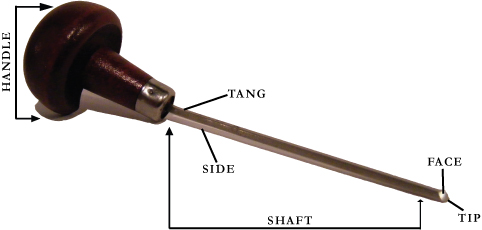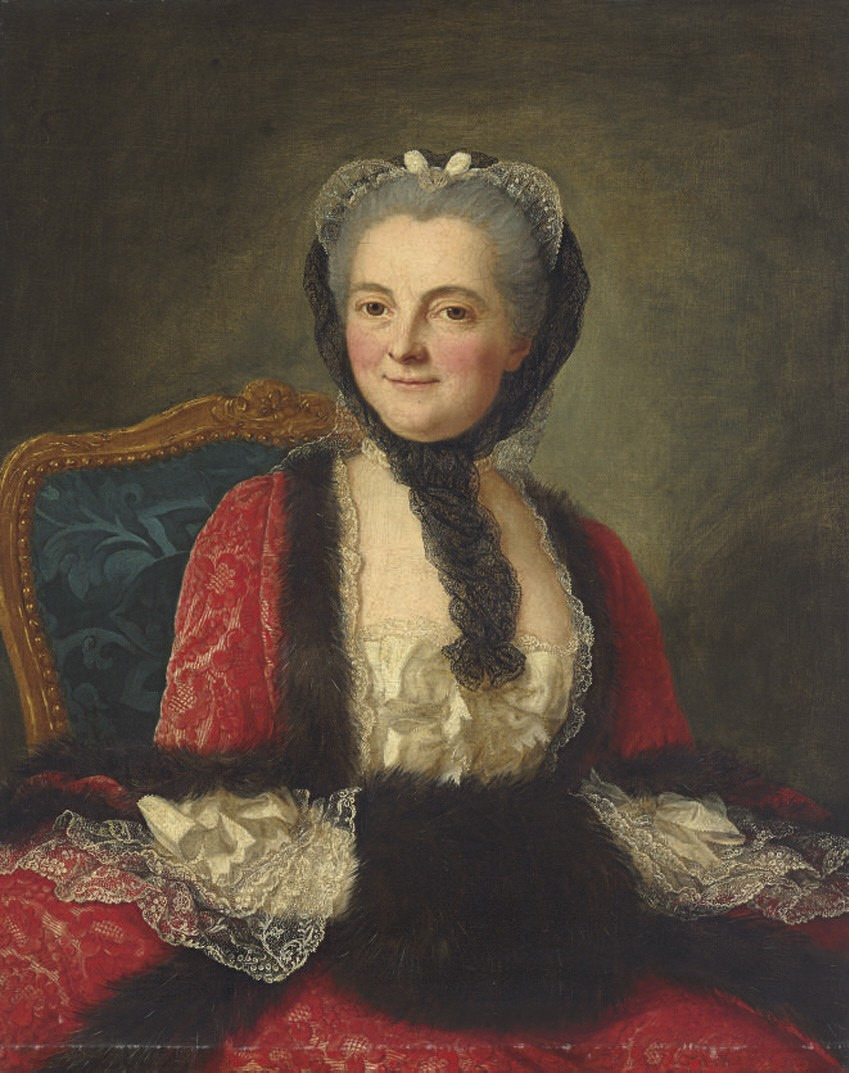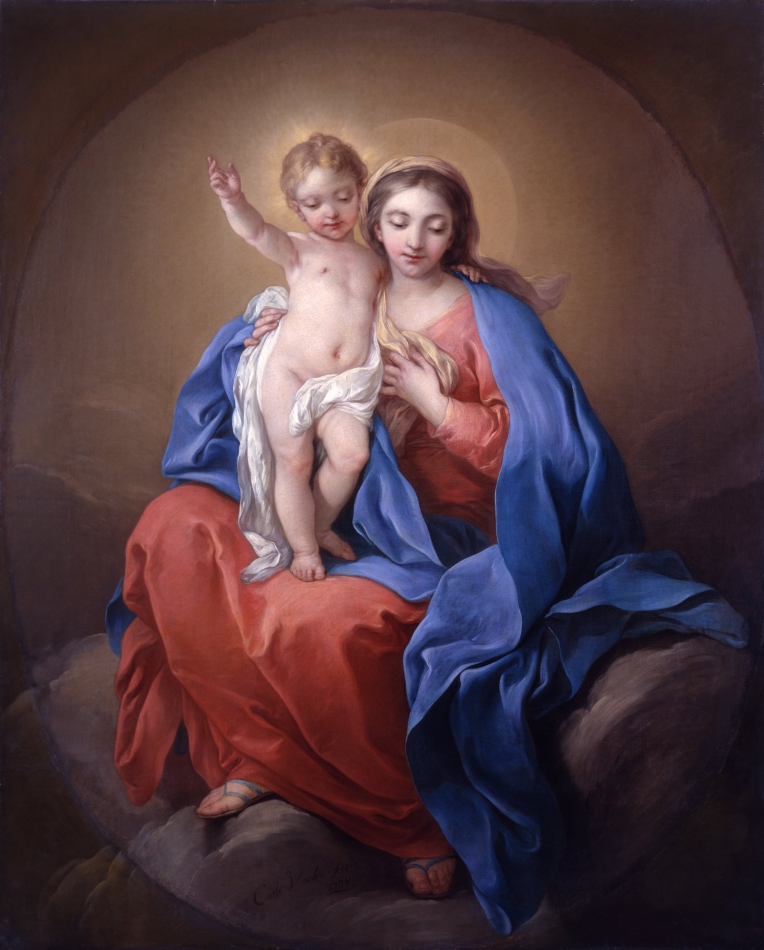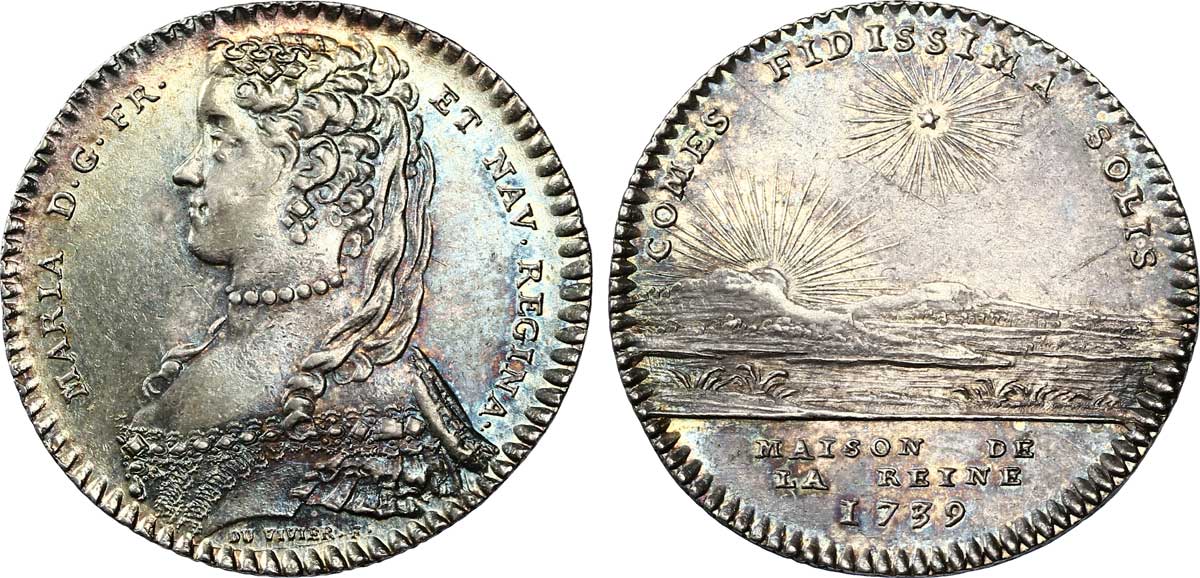|
Jacques-Nicolas Tardieu
Jacques-Nicolas Tardieu, called "Tardieu fils" or "Tardieu the younger", (2 September 1716 – 9 July 1791) was a French engraver. Biography Jacques-Nicolas Tardieu was born on 2 September 1716 in Paris. He was the son of Marie-Anne Horthemels and Nicolas-Henri Tardieu, both engravers. He was taught by his father, who was recognized as one of the most eminent engravers France has produced. He was received at the Académie française on 24 October 1749 for his engraved portraits of Bon Boullogne (after Gilles Allou) and Le Lorrain (after Donat Nonnotte). He became ''graveur ordinaire du roi'' (Official Engraver to the King) and is also described as ''graveur ordinaire'' of the Elector of Cologne. Tardieu married in turn two print makers, Jeanne-Louise-Françoise Duvivier and Élisabeth-Claire Tardieu, Élisabeth-Claire Tournay. Jeanne-Louise is on record as having made several engravings. Her father, Jean Duvivier, and her brother, Pierre-Simon-Benjamin Duvivier, were both me ... [...More Info...] [...Related Items...] OR: [Wikipedia] [Google] [Baidu] |
Paris
Paris () is the capital and most populous city of France, with an estimated population of 2,165,423 residents in 2019 in an area of more than 105 km² (41 sq mi), making it the 30th most densely populated city in the world in 2020. Since the 17th century, Paris has been one of the world's major centres of finance, diplomacy, commerce, fashion, gastronomy, and science. For its leading role in the arts and sciences, as well as its very early system of street lighting, in the 19th century it became known as "the City of Light". Like London, prior to the Second World War, it was also sometimes called the capital of the world. The City of Paris is the centre of the Île-de-France region, or Paris Region, with an estimated population of 12,262,544 in 2019, or about 19% of the population of France, making the region France's primate city. The Paris Region had a GDP of €739 billion ($743 billion) in 2019, which is the highest in Europe. According to the Economist Intelli ... [...More Info...] [...Related Items...] OR: [Wikipedia] [Google] [Baidu] |
Burin (engraving)
A burin ( ) is a steel cutting tool used in engraving, from the French ''burin'' (cold chisel). Its older English name and synonym is graver. Etymology The term ''burin'' refers to a tool used by engravers that has a thin, pointed blade and it used to etch or cut. The first known use of the word dates back to France in the mid-1600s when the term was coined for the tool we know today. Design The burin consists of a rounded handle shaped like a mushroom, and a tempered steel shaft, coming from the handle at an angle, and ending in a very sharp cutting face. The most ubiquitous types have a square or lozenge face, a high-end repertoire has many others. A tint burin consists of a square face with teeth, to create many fine, closely spaced lines. A stipple tool allows for the creation of fine dots. A flat burin consists of a rectangular face, and is used for cutting away large portions of material at a time. The earliest uses of a burin come from the Lower Paleolithic era, t ... [...More Info...] [...Related Items...] OR: [Wikipedia] [Google] [Baidu] |
Charles-Nicolas Cochin
Charles-Nicolas Cochin (22 February 1715 – 29 April 1790) was a French engraver, designer, writer, and art critic. To distinguish him from his father of the same name, he is variously called Charles-Nicolas Cochin le Jeune (the Younger), Charles-Nicolas Cochin le fils (the son), or Charles-Nicolas Cochin II. Early life Cochin was born in Paris, the son of Charles-Nicolas Cochin the Elder (1688–1754), under whom he studied engraving.Charles-Nicolas Cochin the Younger at britannica.com (accessed 11 February 2008) His mother was Louise-Magdeleine Horthemels (1686–1767), who herself was an important engraver in Paris for some fifty years. [...More Info...] [...Related Items...] OR: [Wikipedia] [Google] [Baidu] |
David Teniers The Younger
David Teniers the Younger or David Teniers II (bapt. 15 December 1610 – 25 April 1690) was a Flemish Baroque painter, printmaker, draughtsman, miniaturist painter, staffage painter, copyist and art curator. He was an extremely versatile artist known for his prolific output.Teniers the Younger, David at the National Gallery of Art He was an innovator in a wide range of genres such as history painting, genre painting, , |
Marianne Loir
Marianne Loir or Marie-Anne Loir (10 December 1705 – 11 May 1783) was a French painter who specialized in portraits. Biography Marianne Loir was born in Paris, 10 December 1705, daughter of the goldsmith Alexis II Loir and granddaughter of Nicolas Loir. Her brother, Alexis III Loir (1712–1785), was a renowned sculptor. She studied under Jean François de Troy (1679–1752), director of the French Academy in Rome, where Marianne stayed between 1738 and 1746. She became a member of the Académie des Beaux-Arts in Marseille in 1762, and seems to have stayed at Pau for a time in the 1720s and Toulouse. In 1763 she was in Paris, where she completed a portrait of the young Antoine Duplas on 1 September. She left Paris in 1765 and moved to Provence. She died sometime in 1769. She left ten paintings, signed and dated between 1745 and 1769. She died in Paris, 11 May 1783 Works Works include: Drawings, watercolors * N – D – ''Portrait de jeune femme'' Dessin, aquarel ... [...More Info...] [...Related Items...] OR: [Wikipedia] [Google] [Baidu] |
Noël-Nicolas Coypel
Noël-Nicolas Coypel (17 November 1690 – 14 December 1734) was a popular French artist. The son of Noël Coypel and half-brother to the more-famous painter Antoine Coypel Antoine Coypel (11 April 16617 January 1722) was a French painter, pastellist, engraver, decorative designer and draughtsman.Academie Royale in 1716. He was appointed a professorship in 1733, but died shortly thereafter in a domestic accident. References Further reading ;Primary sources * ;General studies * * * ;Reference books * * * * * 1690 births[...More Info...] [...Related Items...] OR: [Wikipedia] [Google] [Baidu] |
Charles-André Van Loo
Carle or Charles-André van Loo (; 15 February 1705 – 15 July 1765) was a French painter, son of the painter Louis-Abraham van Loo, a younger brother of Jean-Baptiste van Loo and grandson of Jacob van Loo. He was the most famous member of a successful dynasty of painters of Dutch origin. His oeuvre includes every category: religion, history painting, mythology, portraiture, allegory, and genre scenes. Life He was born in Nice, then part of the Duchy of Savoy. Van Loo followed his brother Jean-Baptiste to Turin, and then to Rome in 1712, where he studied under Benedetto Luti and the sculptor Pierre Le Gros. After leaving Italy in 1723, he worked in Paris, studied at the Académie Royale, where he gained first prize for drawing in 1723, and received the first prize for historical painting in 1727—as did his future rival François Boucher. In 1724 he won the Prix de Rome. After again visiting Turin in 1727, he was employed by king Victor Amadeus II of Sardinia, for whom he pa ... [...More Info...] [...Related Items...] OR: [Wikipedia] [Google] [Baidu] |
Musée Des Beaux-arts D'Arras
The Musée des Beaux-Arts d'Arras is located in the old Abbey of St. Vaast in Arras, in the Nord-Pas-de-Calais, France. Collection Paintings The museum's collection includes paintings of the Flemish and Dutch schools including Jehan Bellegambe, Pieter Brueghel the Younger, Peter Wtewael, Balthasar van der Ast, Peter Paul Rubens, Gerard Seghers, Jacob Foppens van Es, Barent Fabritius, Nicolaes Maes and Gerbrand van den Eeckhout. From the Italian school there are works by Jacopo Bassano and paintings from the "nine muses" series of Giovanni Baglione. There are also French paintings by artists such as Claude Vignon, Philippe de Champaigne, Gaspard Dughet, Jean Jouvenet, Sébastien Bourdon, Laurent de La Hyre, Charles Le Brun, Joseph Parrocel, Nicolas de Largillière, Jean-Baptiste Oudry, Charles-André van Loo, Louis Joseph Watteau, Joseph-Marie Vien, Camille Corot, Théodore Rousseau, Théodore Chassériau, Eugène Delacroix... Some of the works that are displayed are: * '' ... [...More Info...] [...Related Items...] OR: [Wikipedia] [Google] [Baidu] |
Arras
Arras ( , ; pcd, Aro; historical nl, Atrecht ) is the prefecture of the Pas-de-Calais Departments of France, department, which forms part of the regions of France, region of Hauts-de-France; before the regions of France#Reform and mergers of regions, reorganization of 2014 it was in Nord-Pas-de-Calais. The historic centre of the Artois region, with a Baroque town square, Arras is in Northern France at the confluence of the rivers Scarpe (river), Scarpe and Crinchon. The Arras plain is on a large chalk plateau bordered on the north by the Marqueffles fault, on the southwest by the Artois and Ternois hills, and on the south by the slopes of Beaufort-Blavincourt. On the east it is connected to the Scarpe valley. Established during the Iron Age by the Gauls, the town of Arras was first known as ''Nemetocenna'', which is believed to have originated from the Celtic word ''nemeton'', meaning 'sacred space.' Saint Vedast (or St. Vaast) was the first Catholic bishop in the year 499 a ... [...More Info...] [...Related Items...] OR: [Wikipedia] [Google] [Baidu] |
Jean II Restout
Jean II Restout (26 March 1692 – 1 January 1768) was a French painter, whose late baroque classicism rendered his altarpieces, such as the ''Death of Saint Scholastica'' an "isolated achievement" that ran counter to his rococo contemporaries.Michael Levey, ''Rococo to Revolution: Major Trends in Eighteenth-Century Painting'' (1985) p. 36 and illus.. Biography Jean Restout was born in Rouen, the son of Jean I Restout and Marie M. Jouvenet, sister and pupil of the then well-known painter Jean Jouvenet. In 1717, the Académie Royale de Peinture et de Sculpture having elected him a member on his work for the Prix de Rome, he remained in Paris, instead of proceeding to Italy, exhibited at all the salons, and filled successively every post of academical distinction. His works, chiefly altar-pieces (Louvre Museum), ceilings and designs for Gobelin tapestries, were engraved by Charles-Nicolas Cochin, Drevet and others. His son, Jean-Bernard Restout (1732–1797), won the Prix d ... [...More Info...] [...Related Items...] OR: [Wikipedia] [Google] [Baidu] |
Jean-Marc Nattier
Jean-Marc Nattier (17 March 1685 – 7 November 1766) was a French painter. He was born in Paris, the second son of Marc Nattier (1642–1705), a portrait painter, and of Marie Courtois (1655–1703), a miniaturist. He is noted for his portraits of the ladies of King Louis XV's court in classical mythological attire. Life He received his first instruction from his father, and from his uncle, the history painter Jean Jouvenet (1644–1717). He enrolled in the Royal Academy in 1703 and applied himself to copying pictures in the Luxembourg Palace, making a series of drawings of the Marie de Médici painting cycle by Peter Paul Rubens. The publication (1710) of engravings based on these drawings made Nattier famous, but he declined to proceed to the French Academy in Rome, though he had taken the first prize at the Paris Academy at the age of fifteen. In 1715 he went to Amsterdam, where Peter the Great was then staying, and painted portraits of the tsar and the empre ... [...More Info...] [...Related Items...] OR: [Wikipedia] [Google] [Baidu] |
Marie Leszczyńska
Maria Karolina Zofia Felicja Leszczyńska (; ; 23 June 1703 – 24 June 1768), also known as Marie Leczinska, was Queen of France as the wife of King Louis XV from their marriage on 4 September 1725 until her death in 1768. The daughter of Stanisław Leszczyński, the deposed King of Poland, and Catherine Opalińska, her 42-years and 9 months service was the longest of any queen in French history. A devout Roman Catholic throughout her life, Marie was popular among the French people for her numerous charitable works and introduced many Polish customs to the royal court at Versailles. She was the grandmother of the French kings Louis XVI, Louis XVIII and Charles X. Early life Born as a member of the House of Leszczyński, Maria Karolina Zofia Felicja Leszczyńska ( Wieniawa) was the second daughter of Stanislaus I Leszczyński and his wife, Countess Catherine Opalińska. She had an elder sister, Anna Leszczyńska, who died of pneumonia in 1717. Maria's early life was troubled ... [...More Info...] [...Related Items...] OR: [Wikipedia] [Google] [Baidu] |







